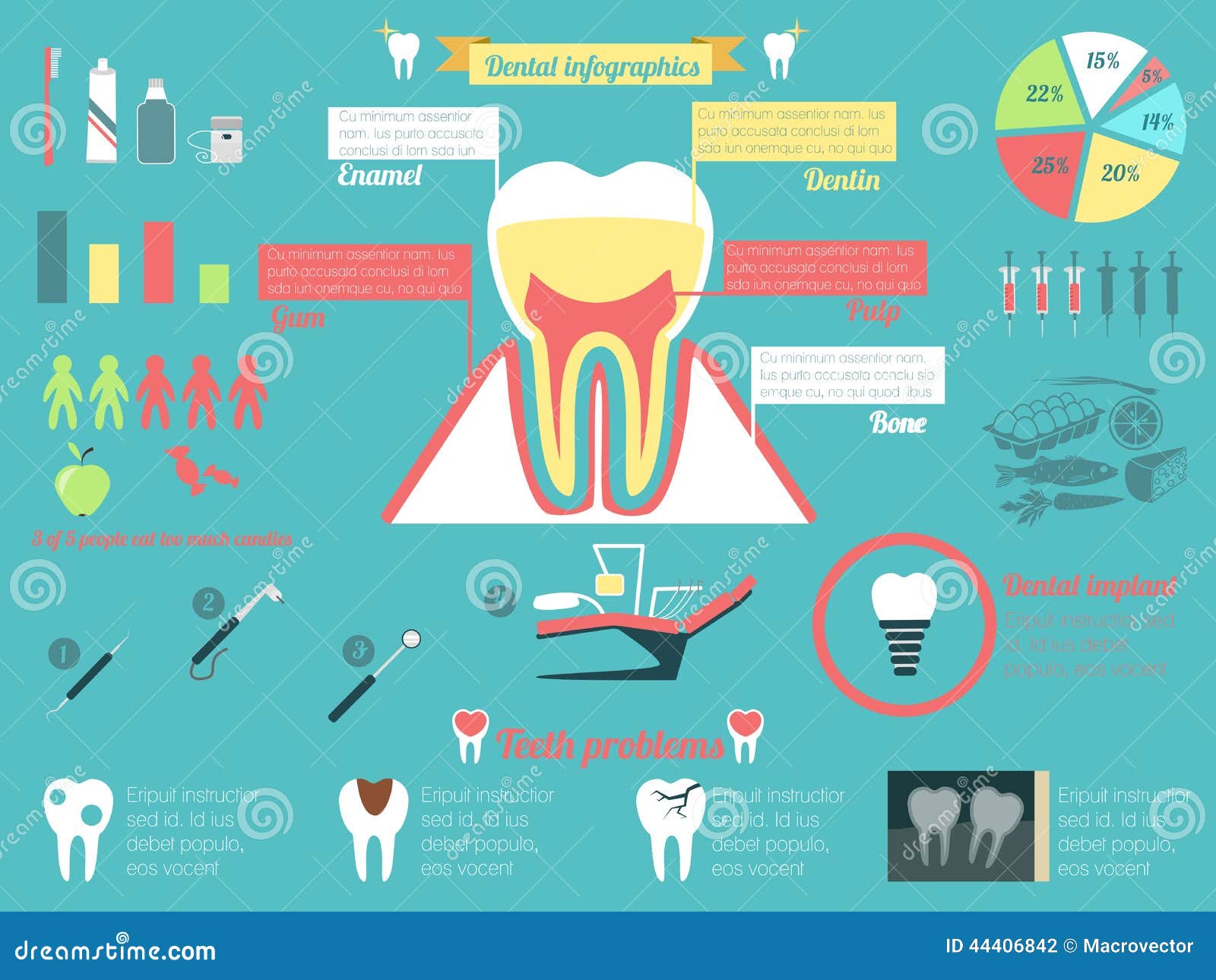Discover The Groundbreaking Technologies Reinventing Oral Surgery. Discover The Future Of The Area And Stay Successful. Click Now For A Glimpse Right Into Tomorrow!
Discover The Groundbreaking Technologies Reinventing Oral Surgery. Discover The Future Of The Area And Stay Successful. Click Now For A Glimpse Right Into Tomorrow!
Blog Article
Short Article Writer-Demir Hessellund
Invite to the world of oral surgery, where innovations and breakthroughs are forming the future of the area! In this amazing realm, you'll witness the transformative power of robotics, the sophisticated marvel of 3D printing, and the game-changing influence of minimally invasive techniques.
The future of oral surgery holds a pledge of accuracy, efficiency, and boosted individual outcomes. With the help of innovative robotics, doctors are able to do complicated procedures with better precision and control.
3D printing modern technology is changing the development of dental implants and prosthetics, offering personalized services that fit flawlessly right into each client's one-of-a-kind anatomy.
Furthermore, minimally intrusive techniques are lowering post-operative discomfort and healing time, allowing people to go back to their every day lives quicker.
Get ready to discover the amazing technologies and advancements that are reshaping the landscape of oral surgery!
Innovations in Robotics
One major improvement in oral surgery is making use of robotic modern technology, which permits accurate and effective operations. With http://www.chronline.com/stories/new-smileyg-teeth-whitening-clinic-in-chehalis-offers-monthly-services,315718 of robot systems, dental cosmetic surgeons have the ability to perform complicated surgical procedures with enhanced accuracy, decreasing the threat of human mistake.
These robotic systems are furnished with advanced imaging innovation and accurate tools that enable doctors to navigate with intricate physiological structures easily. By using robotic modern technology, specialists can achieve higher surgical precision, leading to enhanced patient outcomes and faster recovery times.
In addition, using robotics in dental surgery permits minimally intrusive procedures, minimizing the trauma to bordering tissues and advertising faster recovery.
3D Printing in Dental Surgery
To improve the area of dental surgery, you can check out the subtopic of 3D printing in dental surgery. https://areveneersbadforyourteeth41738.wizzardsblog.com/32961667/for-how-long-do-dental-implants-last-variables-that-impact-long-life has the prospective to change the way dental specialists run and deal with people. Below are four vital methods which 3D printing is shaping the area:
- ** Customized Surgical Guides **: 3D printing allows for the development of highly precise and patient-specific medical guides, boosting the accuracy and efficiency of treatments.
- ** Implant Prosthetics **: With 3D printing, oral specialists can produce customized implant prosthetics that flawlessly fit a patient's unique anatomy, resulting in better outcomes and person complete satisfaction.
- ** Bone Grafting **: 3D printing makes it possible for the manufacturing of patient-specific bone grafts, reducing the requirement for conventional grafting methods and enhancing recovery and recuperation time.
- ** Education and Training **: 3D printing can be made use of to create practical surgical models for instructional objectives, permitting oral specialists to exercise intricate treatments prior to doing them on clients.
With its possible to improve precision, modification, and training, 3D printing is an amazing advancement in the field of oral surgery.
Minimally Intrusive Methods
To further progress the field of oral surgery, welcome the potential of minimally invasive methods that can substantially profit both surgeons and patients alike.
Minimally invasive techniques are transforming the field by minimizing medical injury, lessening post-operative discomfort, and speeding up the recuperation procedure. These strategies involve utilizing smaller sized incisions and specialized instruments to do procedures with precision and efficiency.
By using innovative imaging technology, such as cone beam of light calculated tomography (CBCT), surgeons can properly plan and perform surgeries with very little invasiveness.
Additionally, using lasers in dental surgery permits exact cells cutting and coagulation, leading to decreased blood loss and minimized recovery time.
With minimally invasive strategies, patients can experience much faster recovery, decreased scarring, and boosted results, making it a crucial aspect of the future of dental surgery.
Final thought
So, as you can see, the future of oral surgery is unbelievably appealing, with amazing developments and advances shaping the area.
From the innovations in robotics to making use of 3D printing and minimally invasive methods, dental surgeons are revolutionizing the means they offer care.
While some might bother with the prospective price connected with these developments, it is essential to remember that these innovations inevitably enhance patient results and reduce recovery time, making them well worth the financial investment in the long run.
